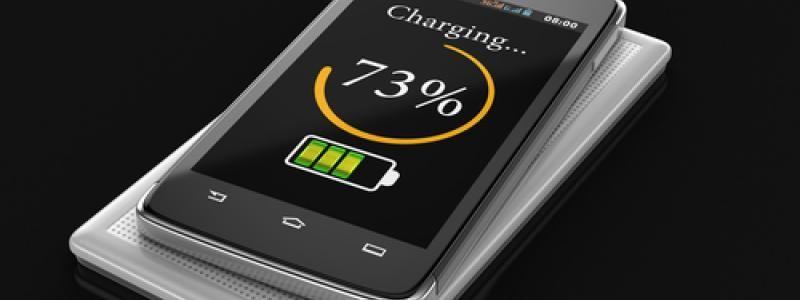Fixing Battery Problems With Wireless Power

Despite the advances in mobile technology, we still have not quite solve the problem of battery life. And despite the very common nature of the problem (it is the number 1 gripe of smartphone owners around the world), we have not quite figured out a solution. Of course, phone makers have devised alternative solutions like introducing new versions of mobile operating systems that feature power saving modes (just like what Apple did when it announced that its upcoming iOS 9 will come with a Low Power mode which provides an additional three hours of battery life).
But these solutions do not actually solve the main issue -- which is how we can make longer lasting batteries. There is still no end-all solution in sight however, so instead of making longer lasting batteries, we might as well continue to explore ways in which we make batteries last longer.
This is where wireless power comes into play. Wireless power is a broad category, consisting of various technologies that enable users to harness power without the use of wires and cords. But it is getting some attention lately as more people are becoming more open to other modes of powering up or charging their mobile devices.
There are many types of wireless power technology that can be used to charge mobile devices. Take inductive coupling, for instance. This technology is actually not new (it has been around since the 19th century), and it has been used to wirelessly power railroad trains and some of today’s electric toothbrushes. The Wireless Power Consortium (WPC) has its own Qi inductive power standard, which makes use of Qi coils to charge devices. Qi coils are actually built into devices made by LG, HTC, and Motorola. The only limit to this technology is that it needs more range.
Another technology is radio frequency (RF), which includes a wide range of electromagnetic waves. But when it comes to wireless charging, most RF startups usually use the 2.4 GigaHertz and 5.8 GigaHertz ISM bands, which can be used without licenses. The main obstacle for wireless charging via RF is that the amount of power needed to be transmitted through airwaves is at least 30 times beyond the safety guidelines set by the Federal Communications Commission (FCC). Also, some organizations are claiming RF could cause cancer over time.
Wireless charging can also be done through lasers, specifically infrared types. But like RF, lasers may come with health risks, which include burning on the skin and harm to the eyes when there is prolonged exposure.
What about ultrasound? But it is not clear though if this is truly efficient or even commercially viable (the technology’s uses for mobile devices have not been thoroughly explored yet and there are only a few convinced adopters so far to date).
For sure, most of the wireless power technologies are imperfect and not fully explored yet. But as is true of every technology that has ever gone mainstream, adoption can take place with a little combination of industry and luck. And who knows, perhaps a generation from now, we can finally have a battery charging technology (or even a battery itself) that can keep up with our very mobile-heavy daily routines.
Related Blog Articles
- Are Global Smartphone Sales Slowing Down Compared With Previous Years?
- Xbox Music App For Android, iOS Ditches Xbox Music Pass
- What Do Cable Customers Really Want?
- Is Facebook Thinking Of Inserting Music Videos Into Users’ Feeds?
- Tablet Sales Hit Plateau, Per Forrester Study
- Introducing Wi-Fi Aware: A New Technology That Lets You Instantly Connect All Your Devices
- Looking For Cheap BYOD Deals? Try These Phone Plans
- Comcast's Launches New Streaming Service
- Did Hulu Just Turn The Apple Watch Into A Remote Control?
- Windows 10: Make Or Break For Microsoft


 Menu
Menu